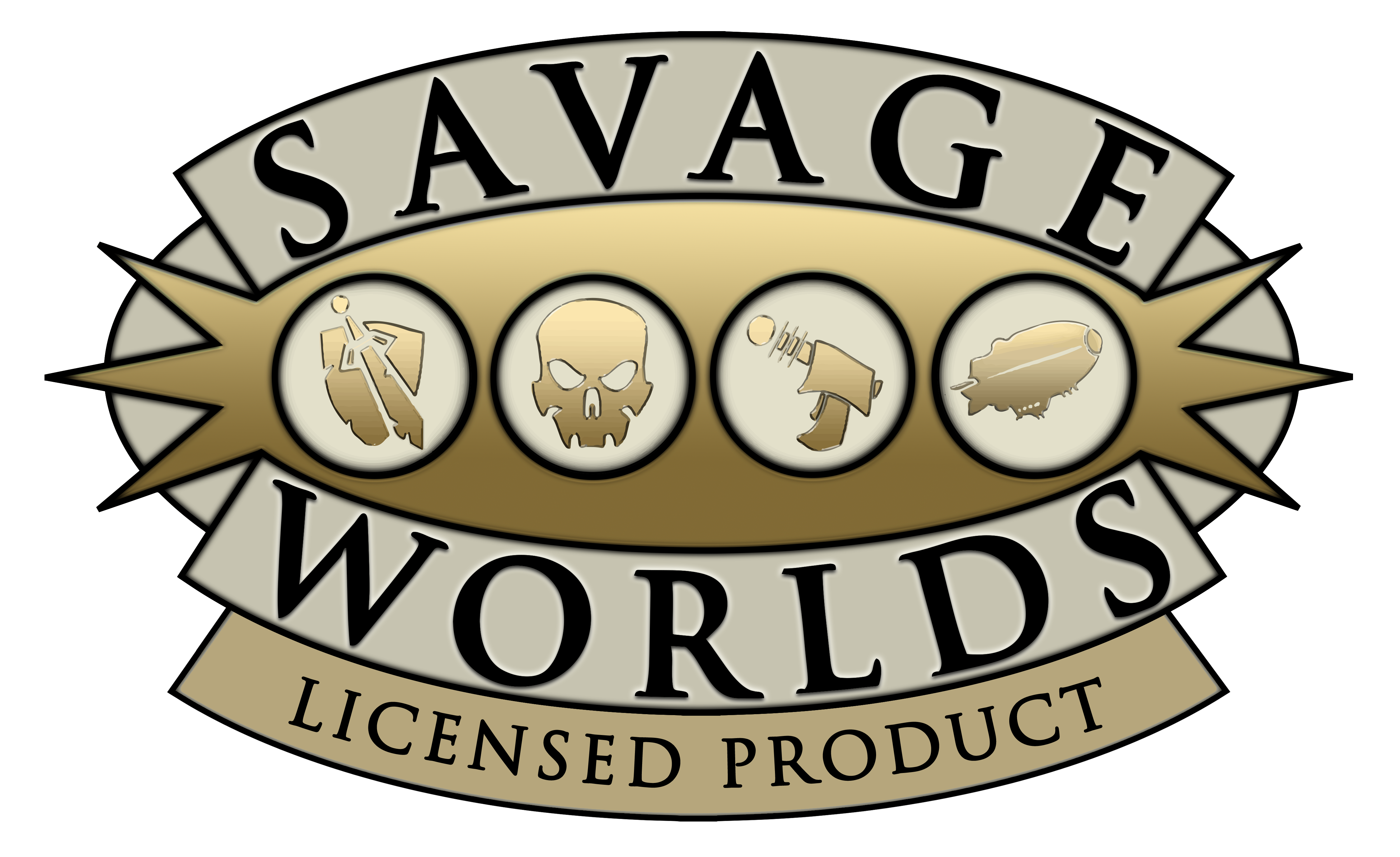Rationalizing Dungeon Crawling (or: how to avoid murderhobos)
Every Thursday we post an RPG article expanding on this week’s comics page.
As the campaign pitch explains (mainly in the last panel), Crystal Heart is a game about being powerful heroes roaming the land in search of ancient Crystals, that can only be found deep within ancient, monster-filled ruins. In other words, it’s a world with lots of dungeons, and you’ve got a good story-related reason – that is, not just “I want money and treasure” – to raid them.
There is a phenomenon in roleplaying games, fondly (?) referred to as Murderhobos: a play style in which the adventurers are roaming the land, going around killing people and taking their stuff, with that being the goal, not a means to an end. While this might be a fun play style for some, many players tend to default to this even when the game is supposed to be about something else. To prevent this, one should always manage expectations before starting the game, but there’s at least one more thing you can do:
I believe the world and the story should be constructed in such a way, as to enforce the specific play style you want for your game.
When Nadav created Crystal Heart, he deliberately made the following decisions:
- The players are agents of an organization. It’s a powerful organization, and the players are its representatives – they’re accountable for their actions. They aren’t as accountable to local laws and customs, and they will be traveling a lot, so they might leave behind a town where they did some unethical things. The organization might be okay with that (Syn sees itself as more important and powerful than local authorities), but they can never run away from the organization, and so they should consider their actions wisely.
This is a game about being an agent; a character who’s banished from the organization, probably won’t be playable anymore. - There’s only one type of coveted loot: Crystals. There’s only one place to find them: Dungeons. So one must find and raid dungeons. It’s a pretty clear motivation. At the same time, Nadav made sure to make all other material goods uninteresting, not loot-worth. Syn supplies everything you need! (..most of the time) You won’t even be tracking money. There’s no point in killing people, or even monsters, you might as well try to avoid the fight. Enemies are obstacles to be defeated, but you can choose how to do so, there’s no special reward for doing it in a specific way – you won’t be getting more XP, or more loot.
- The game is presented in a serialised structure: Every “episode” begins in a situation that Nadav dictates, kind of like the beginning of an episode in a TV show. This is a metagame decision, which required some explaining to the players, and making sure they’re all okay with this, because it’s quite far from what many consider the “default” state of a sandbox-like, persistent, ongoing tales of the day-to-day lives of a group of adventurers. It takes away some player freedoms, and so it’s important for the players to agree to come along for the ride. The in-game explanation is, that the party is following a route given to them by Syn – next episode might start with “You’ve recently arrived to the fringes of Shmorlgerburger, in search of the Breathing Statues”, because Syn told them to. The players don’t get a say on the location of the next adventure, or what is it about.
Yet. Later, things might change a little. - There’s also an in-game explanation to the reason Crystals are only found in dungeon-like places, but that’s part of a bigger mystery that even the players, and Syn, are trying to figure out. For now, it’s enough that the players know there is a reason, even if they don’t know what it is – the main thing is keeping the appearances of consistency, even if the details themselves are yet unknown.
As Brian noted on Monday’s comics, Earthdawn did some of this first – which isn’t surprising, that wonderful game did tons of great things! You should check it out, it’s my 2nd fav RPG of all time. Every mechanical aspect of the game has an in-play explanation, and it all guides you toward a specific, wonderful play style.



